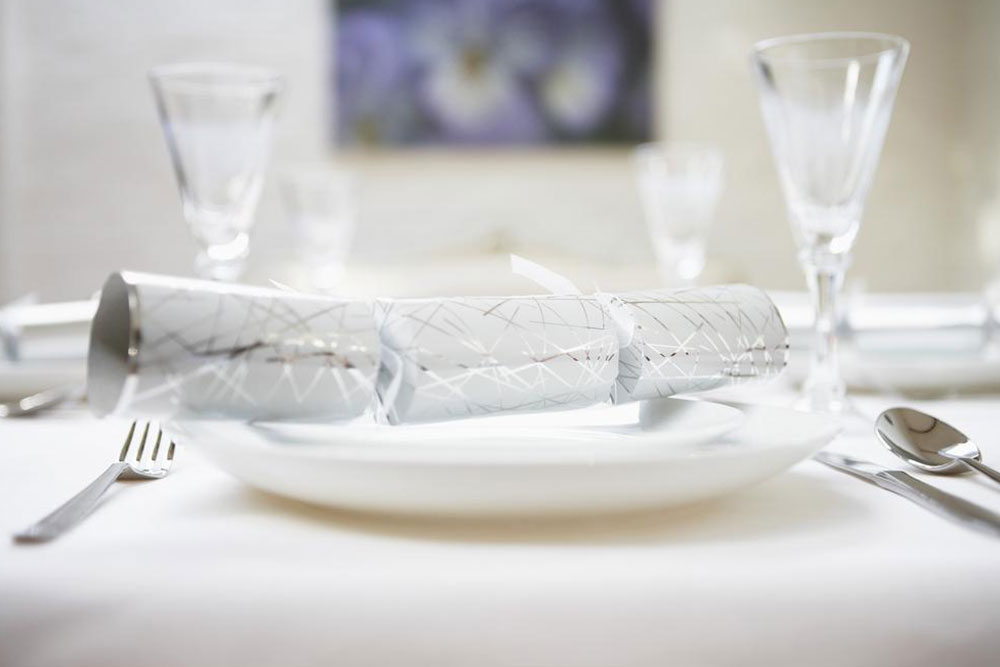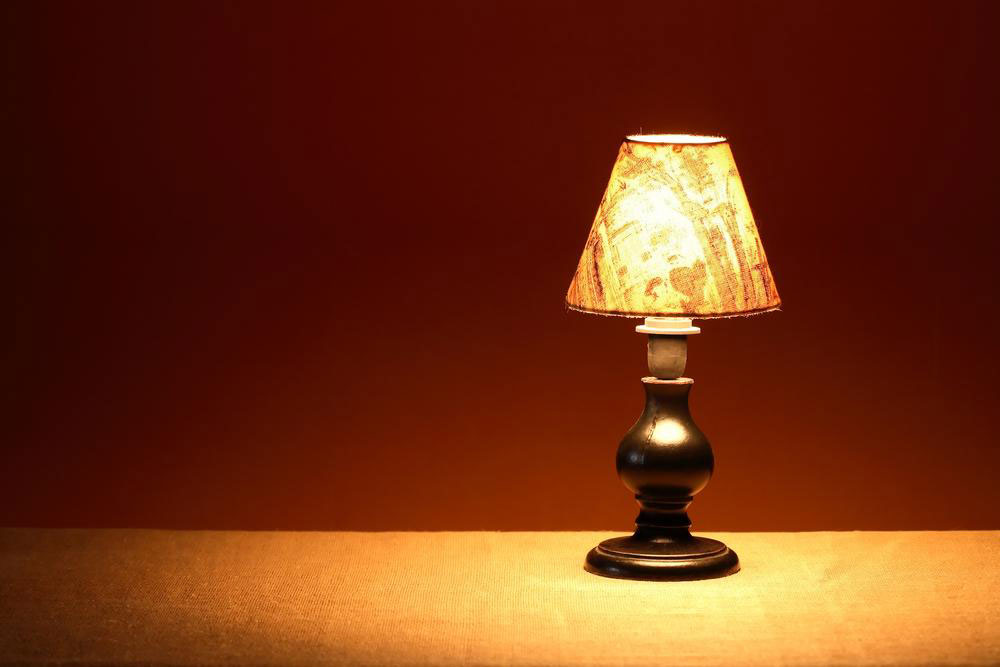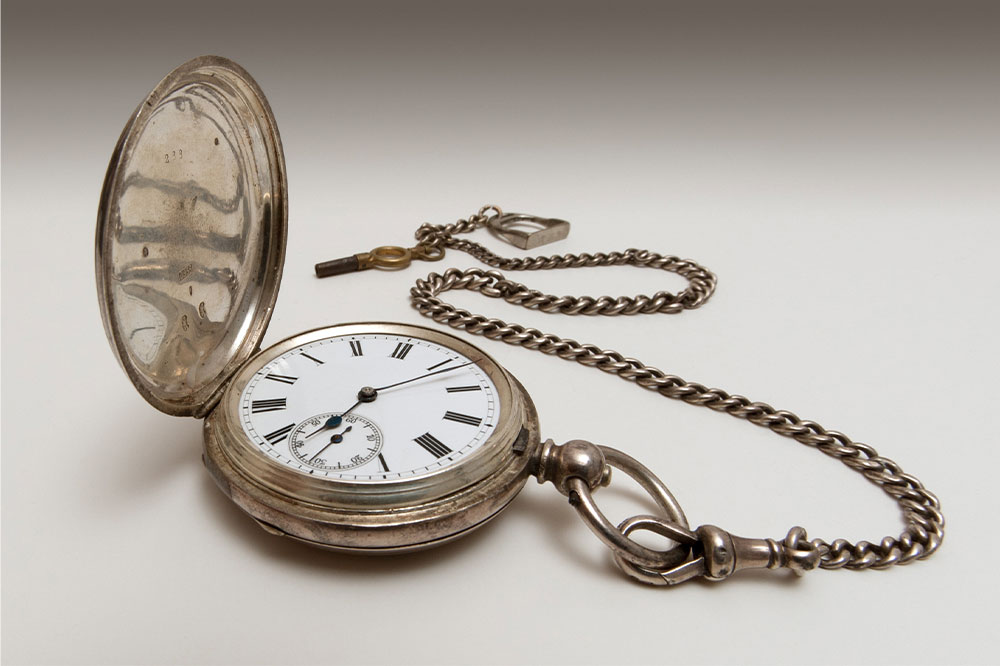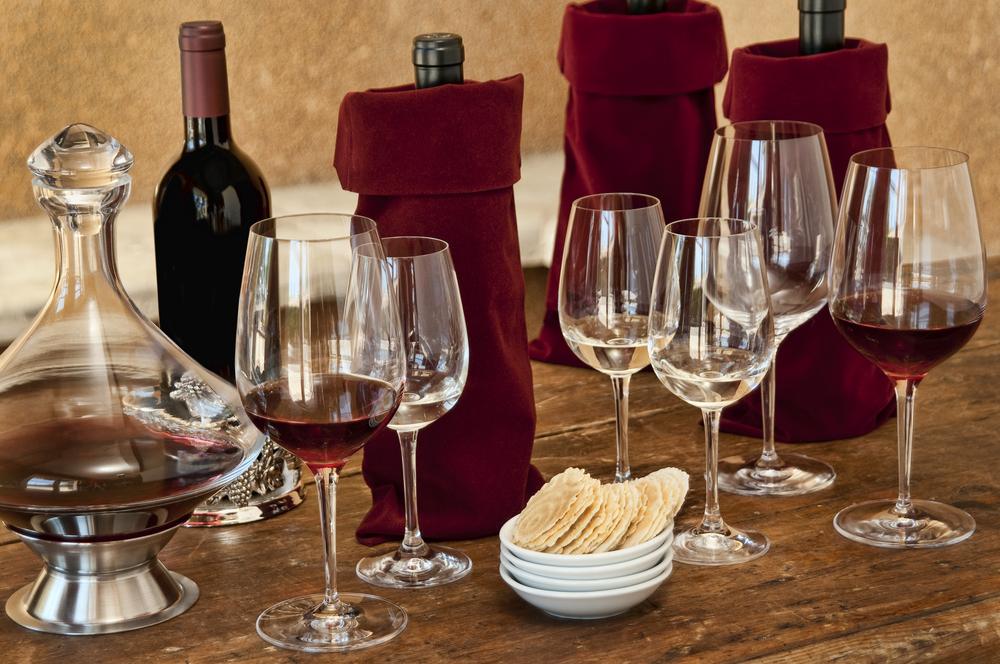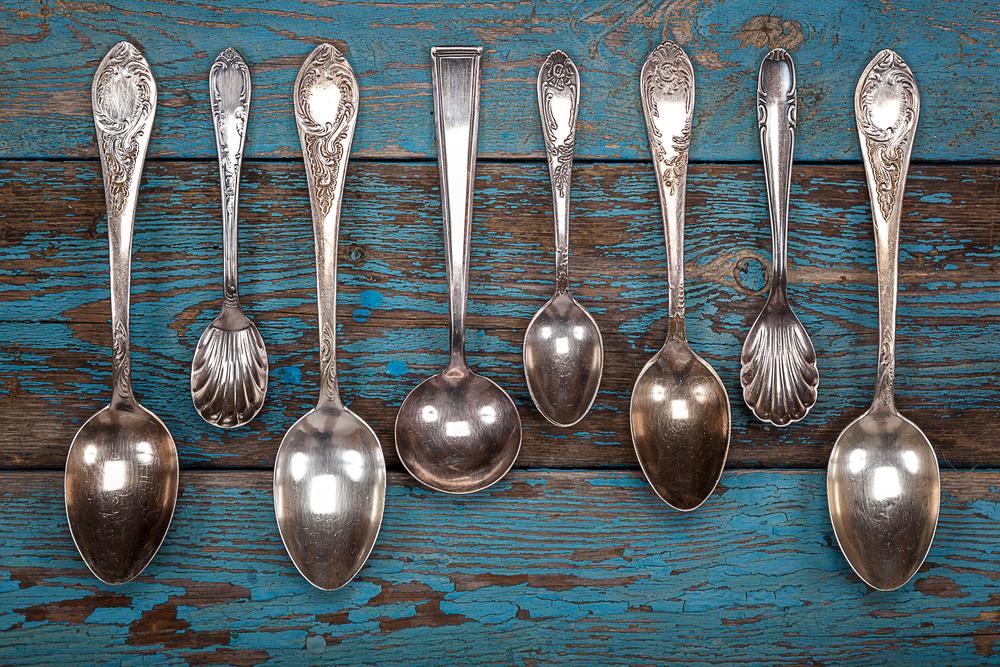Six Valuable Types of Antique Porcelain and Their Worth
Explore six types of antique porcelain and ceramics, including Noritake, Blue Ridge, depression glassware, English bone china, Jewel Tea, and Rose Medallion, along with their current market values. This guide helps collectors and enthusiasts understand the unique features and worth of these timeless pieces, highlighting their historical significance and investment potential.
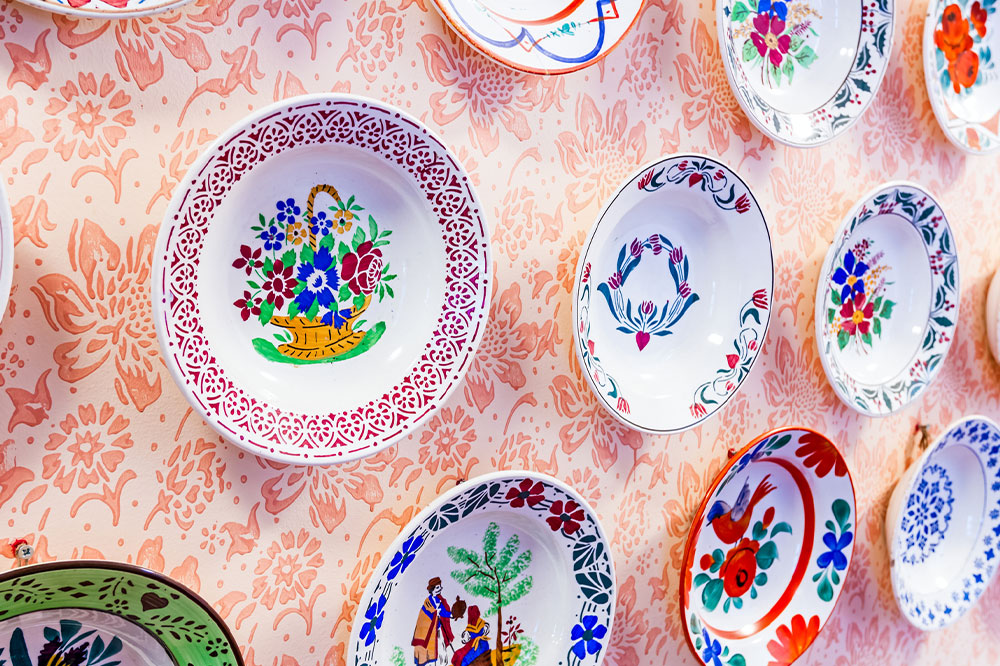
Discovering vintage dishes and utensils from previous generations may not often catch your eye today, yet their craftsmanship and cultural significance remain impressive. Collectors and enthusiasts today treasure these antique pieces for their historical value and exquisite designs. Here, we explore six notable types of antique dinnerware and their current market worth.
Noritake Porcelain
Noritake porcelain, originating from Japan at the dawn of the 20th century, is renowned worldwide. Named after the small village where it was first produced, these pieces were initially hand-painted by skilled artisans before transitioning to factory mass production. Their vibrant patterns adorn a variety of kitchenware, including teapots and plates. When kept in pristine condition, Noritake items can fetch prices from a few dollars up to over a thousand, with higher-end collections commanding premium prices. Typically, individual pieces cost between $2 and $8.
Blue Ridge Ceramics
Following railway expansion in the early 1900s, these hand-painted dishes were distributed across the country. Small-town women diligently crafted these unique ceramics, which became known as Blue Ridge pottery. Although production ceased in the 1950s after the factory fire, existing pieces remain highly collectible. Each item features a one-of-a-kind hand-painted pattern, making every piece unique. Collectors can find Blue Ridge pottery valued from $13 to $65 online.
Depression Glassware
During the Great Depression (1920-1950), affordable mass-produced glassware—known as oatmeal or depression-era glassware—became widespread. Packaged from cereal boxes, these colorful pieces in shades like green, pink, and purple offered an aesthetic alternative for consumers seeking style at lower prices. These sets range from $300 to $500, with rarer patterns reaching up to $1,500, making them a popular choice among vintage collectors.
English Bone China Tea Sets
English bone china tea sets, distinguished by their elegant design and intricate gold handles and spouts, symbolize sophistication and tradition. Often cherished as family heirlooms, these sets reflect the grandeur of British high-tea customs. Depending on rarity and pattern, authentic antique sets can be worth thousands of dollars. For instance, a rare Shelley Lincoln teacup with a lily of the valley motif can be valued around $1,200.
Jewel Tea Autumn Leaf Collection
Produced by the Hall China Company during the 1930s, these elegant ceramics were distributed in exchange for stamps purchased at Jewel Tea stores. Adorned with subtle leaf and floral motifs, the collection includes casseroles, teapots, plates, and bowls. Valuation varies by piece condition; for example, a small autumn leaf oval platter may cost as little as $25, while a pristine autumn leaf teapot can fetch up to $125.
Rose Medallion Porcelain
Known for vivid colors and intricate motifs, Rose Medallion china gained popularity in mid-19th-century Europe to meet the rising demand for imported Chinese ceramics. Each piece features a central medallion icon, such as a bird or flower, surrounded by panels depicting butterflies, trees, and human figures. Valuations depend on the item and its condition—an 1870s punch bowl can be worth $7,000, while a pair of large vases from the same era may fetch $18,500.



